If you teach English learners, especially newcomer ELLs, you know how overwhelming the first days—and months—of school can be. One of the most powerful tools you can offer these students is a Picture Dictionary designed for ESL newcomers. Why? Because visuals bridge the gap when words don’t come easily.
Whether students are learning ESL first day of school vocabulary, daily routines, or even more academic content like math operations or science terms, picture dictionaries help make language visible, memorable, and usable.
Why Picture Dictionaries Matter for English Learners
Many newcomer English learners arrive in our classrooms with limited or no English exposure. In the early stages, known as the “silent period,” students may not yet speak but are actively processing. A traditional word list won’t meet them where they are—but a visual-rich reference tool can.
***Disclaimer: In this blog, the terms ESL students (English as a Second Language), ELLs (English Language Learners), and ML (Multilingual Learners) are used interchangeably. While “Multilingual Learners” is becoming the more widely accepted term, “ESL students” and “English Language Learners” are still commonly used in various contexts. My aim is to be inclusive and clear to all readers, regardless of the terminology they are familiar with.
Here’s why ESL picture dictionaries are so effective:
- They support comprehension. Instead of “barking at print”-reading without understanding-students can connect images to words and internalize meaning.
- They increase independence. Learners don’t have to rely on translations or teacher explanations for every unfamiliar word.
- They build bridges to academic language. Visuals support not just social vocabulary like bathroom, teacher, and lunch, but also high-leverage academic words in ELA, math, science, and social studies.
Visual Directions for ESL Newcomers and the Silent Period
- You reduce the need to constantly re-explain
- You support independence and routine
- Students can follow along, even with limited language
- Instead of overexplaining, you can simply say the word, point to the image, and have students repeat after you or even color the symbol. Over time, they begin to associate the English word with its meaning and action, building both language and confidence.
Visual Sight Words and CVC Words for Early ESL Literacy
- Visuals give meaning to abstract or unfamiliar words.
- They help students connect sounds to real-life concepts.
- This builds both vocabulary and confidence in reading.
- It supports comprehension, not just decoding.
- It ensures ELLs aren’t just “barking at print,” but actually understanding what they read.
ESL Grammar Instruction and Picture Dictionary
- Retain structures
- Use them correctly
- Connect grammar to communication
Daily Routines and Verbs for ESL Sentence Building
- Visual verbs help ELLs connect language to real-life actions, making it easier to understand, remember, and use new vocabulary correctly.
- Teaching daily routines supports functional language development and gives students the tools to talk about their own lives—a highly motivating and empowering topic.
- It helps them recognize and produce sentence patterns, which builds fluency and prepares them for more advanced grammar later on.
- These topics are especially helpful for students in self-introduction, speaking, writing, and oral language activities.
Building Descriptive Language with ESL Feelings, Senses, and Weather Vocabulary
- Self-Expression & Emotional Literacy: ELLs often struggle to express how they feel, especially during the early stages of language acquisition. Teaching emotions vocabulary empowers them to communicate needs, express discomfort, or describe positive emotions-crucial for emotional regulation and classroom safety.
- Social Integration: understanding and using feelings vocabulary helps ELLs engage in conversations, resolve conflicts, and build friendships. It reduces isolation and increases confidence in classroom interactions.
- Literacy & Reading Comprehension: emotions vocabulary is frequently used in children's literature and read-alouds. Understanding words like guilty, jealous, or content allows ELLs to better interpret characters’ motivations, actions, and emotional arcs in stories.
- Writing Development: descriptive writing and narrative tasks often require students to describe how characters feel. Knowing both basic (happy, sad) and complex (anxious, compassionate) feelings equips ELLs to produce richer, more vivid stories.
- Use Visuals & Facial Expressions: point to the image, act out the emotion, and have students mimic the expression. This makes abstract words more concrete.
- L1 Support: encourage students literate in their first language to write translations next to each word in their picture dictionary. This strengthens vocabulary retention and connects new learning to prior knowledge.
- Daily Check-Ins: use the feelings page during morning meetings or class check-ins. Ask students to point to or say how they’re feeling that day using the chart.
- Character Journals or Reading Logs: have students use emotion words to describe how a character feels in a story. You can scaffold with sentence frames like: “The boy felt ____ because ____."
- Sorting Activities: Let students sort emotions into categories like positive, negative, or intensity levels (word warmth) (e.g., calm → content → joyful).
How to Use ESL Picture Dictionaries in Writing, Push-In, and Mainstream Classrooms
- Bridges Language Gaps: provides visual and linguistic support that helps ELLs access grade-level content while building English proficiency.
- Promotes Academic Conversations: helps students use
- subject-specific vocabulary during think-pair-share, group work, and class discussions.
- Boosts Comprehension & Output: enables ELLs to describe, explain, ask, and respond using key terms across disciplines.
- Scaffolds for Diverse Proficiency Levels: Word banks with visuals and sentence starters make content accessible for both newcomers and developing learners.
- Use 5Ws & Story Elements during read-alouds, guided reading, or writing mini-lessons.
- Encourage students to retell or summarize using prompts like “Who was the character?” or “Where did the story happen?”
- Support math talks with shapes, number words, ordinal/cardinal terms, and operations vocabulary.
- Use visual aids to reinforce instructions during hands-on lessons and practice word problems with key phrases like “in all,” “how many more,” etc.
- Use the basic science word bank to support observations, labeling experiments, or completing graphic organizers like KWL charts.
- Introduce maps, landforms, and the GRAPES organizer during social studies or cultural units.
ESL Writing Folders for Independent Support
- Include picture dictionary pages in each student’s ESL writing folder to scaffold journal entries, personal narratives, and small moment stories. These visuals reduce dependency and encourage language risk-taking.
- Use visual vocabulary during morning meetings or speaking warm-ups. Prompts like “Find a word that describes today's weather” or “What do you do on Valentine's Day?” help ELLs practice content-specific and high-frequency vocabulary in real contexts.
- Laminated picture dictionary pages work great for ESL literacy centers or guided reading groups.
- Try theme-based matching games, sentence building with visual supports, or collaborative writing prompts.
- Support planning and structure by combining picture dictionaries with graphic organizers. Students can pull words from a holiday, seasonal, or content-area word bank to brainstorm ideas and sequence their writing.
- If you don’t have the resources to print for every student, keep a classroom ESL vocabulary binder with all dictionary pages in plastic sleeves.
- Students can access it during writing time throughout the school year, choosing the pages they need for each task.
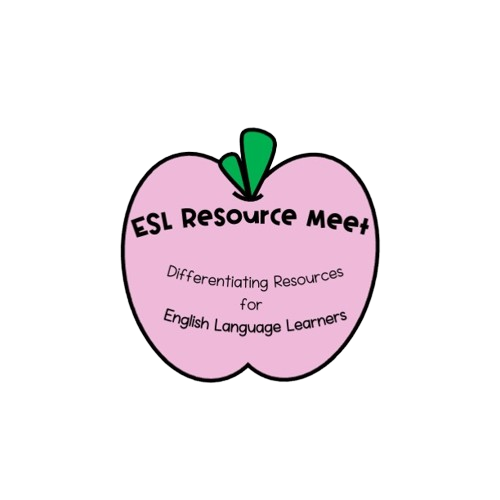




















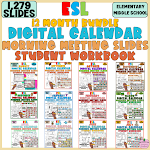




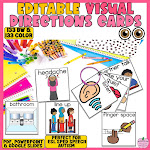




































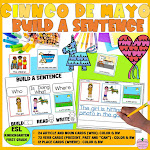







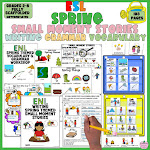




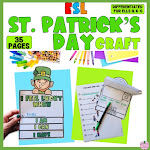
















































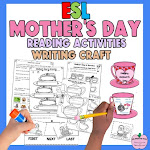
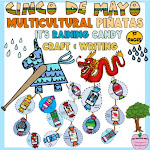
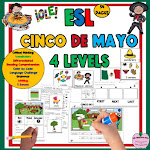
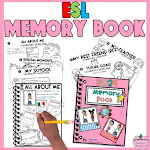




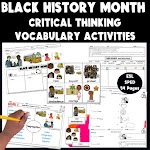
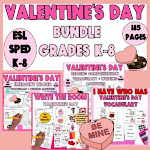


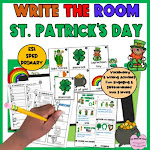
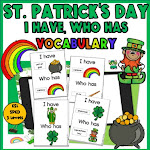
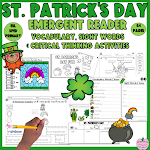



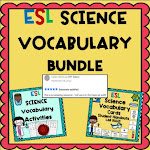




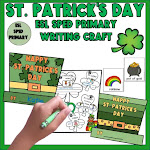

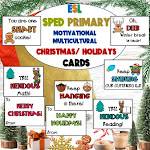
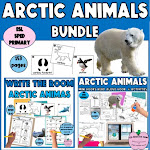

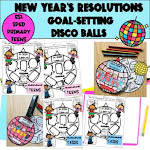
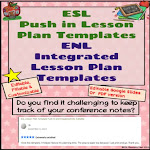




0 Comments